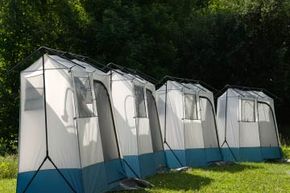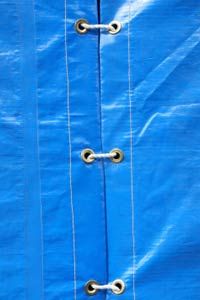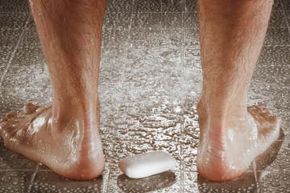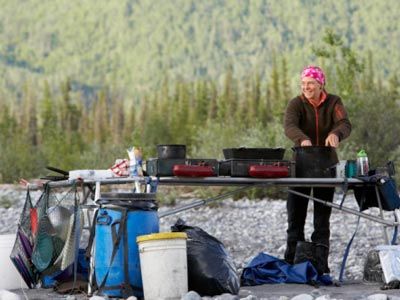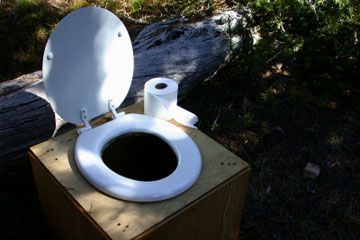There's a reason camping in the great outdoors is so popular with so many people. The scenic views, glimpses of rare wildlife and good times around the campfire make any inconveniences worthwhile. But if there's one downside that a lot of us nature lovers could do without, it's the difficulty and hassle of trying to take a shower without the wonderful amenities of modern society.
If you're camping outside for more than a couple of days, you're going to wish for a good soak at some point as the grime builds up. There's always the shortcut of wet wipes, but sometimes that just doesn't cut it. A river or lake will suffice for a brisk, cold dip, but what about an actual shower?
Advertisement
Many public campsites have bathing facilities available for campers' showering use, but they're often short on hot water and occasionally unsanitary. Not good enough for you? A number of camping aficionados thought the same thing and designed camping shower systems to fight grime.
These camping showers vary greatly in cost, durability and ease of assembly, and remember that none of them will quite duplicate the experience of showering in the privacy of your own home. But that's part of the fun of camping.
So how do you keep clean in the wilderness with a camping shower of your very own? Keep reading to find out how they work.
Advertisement

